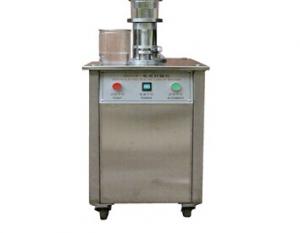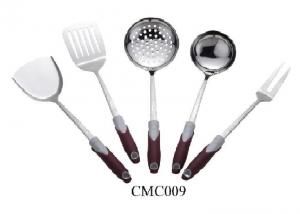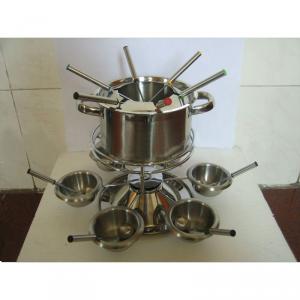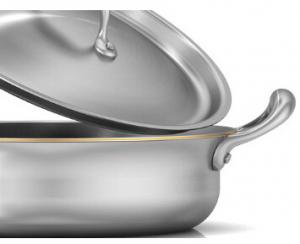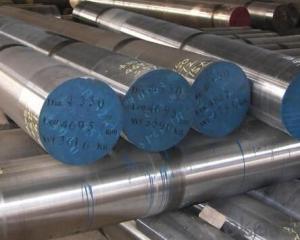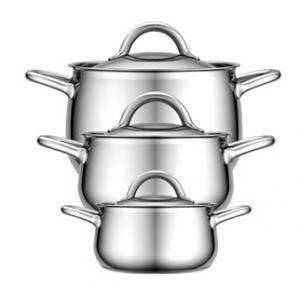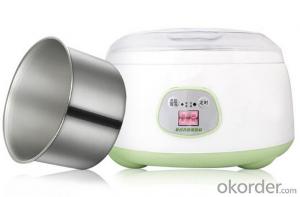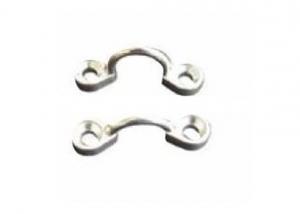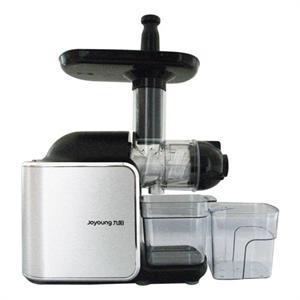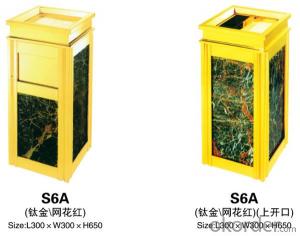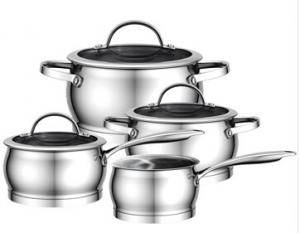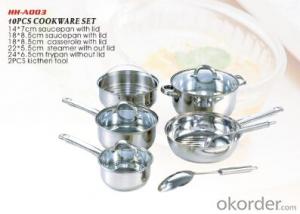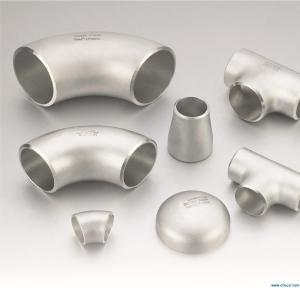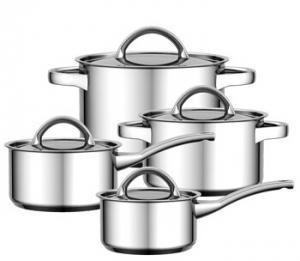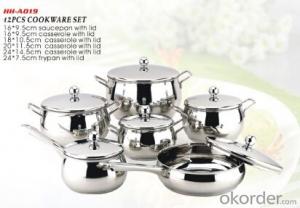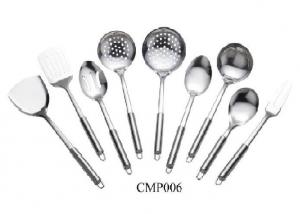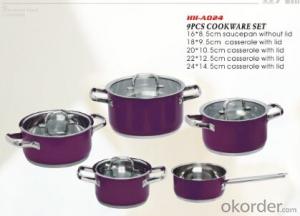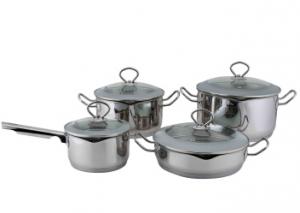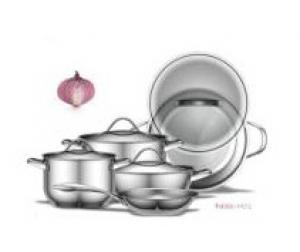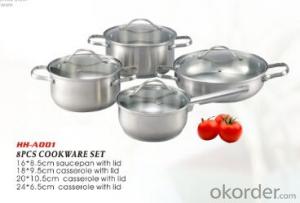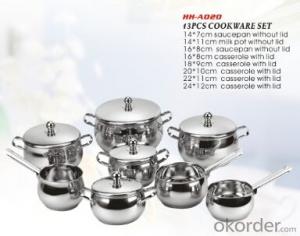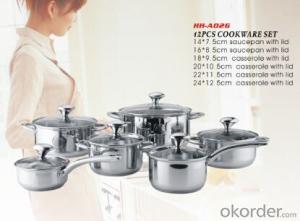Stainless Steel Jerry Can
Stainless Steel Jerry Can Related Searches
Stainless Steel Can Stainless Steel Garbage Can Trash Can Stainless Steel Garbage Can Stainless Steel Stainless Steel Canister Stainless Steel Jar Stainless Steel Garbage Cans Stainless Steel Trash Cans Stainless Steel Canteen Stainless Steel Canisters Stainless Steel Small Trash Can Stainless Steel Food Jar Slim Trash Can Stainless Steel Stainless Steel Step Trash Can Large Stainless Steel Trash Can Stainless Steel Cannister Stainless Steel Pressure Canner Canisters Stainless Steel Stainless Steel Trashcan Stainless Steel Can Koozie White Stainless Steel Trash Can Small Stainless Steel Trash Can Stainless Steel Jug Stainless Steel Mason Jar Stainless Steel Tank Stainless Steel Dual Trash Can Black Stainless Steel Trash Can Stainless Steel Screen Canister Set Stainless Steel Kitchen Stainless SteelStainless Steel Jerry Can Supplier & Manufacturer from China
Stainless Steel Jerry Cans are robust and durable containers designed for the safe storage and transportation of liquids, particularly fuel and water. These cans are made from high-quality stainless steel, which ensures that the contents remain uncontaminated and the can itself is resistant to corrosion and damage. The design of the Stainless Steel Jerry Can also includes a tight-sealing cap to prevent any leakage or evaporation, making it an ideal choice for various outdoor and industrial applications.The Stainless Steel Jerry Can is widely used in a variety of scenarios, such as camping, off-roading, construction sites, and emergency preparedness. Its portability and ability to withstand harsh conditions make it a popular choice for those who require a reliable means of carrying liquids in challenging environments. The cans are also used in military and disaster relief operations, where the need for clean and safe storage of water and fuel is paramount.
Okorder.com is a reputable wholesale supplier of Stainless Steel Jerry Cans, offering a vast inventory to cater to the needs of various industries and individuals. With a commitment to quality and customer satisfaction, Okorder.com ensures that each Stainless Steel Jerry Can is manufactured to the highest standards and is available at competitive prices. This makes Okorder.com the go-to source for those seeking a reliable and cost-effective solution for their liquid storage and transportation needs.
Hot Products


